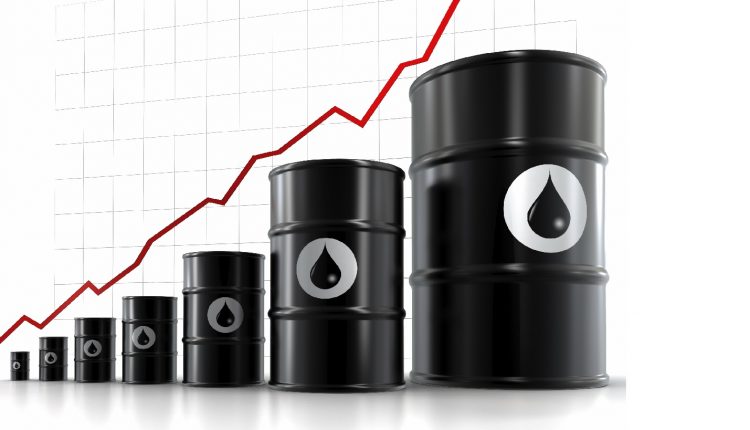Oil prices climbed for a fifth day on Wednesday, buoyed by a bigger-than-expected drop in U.S. inventories and as investors awaited a widely expected cut in interest rates by the Federal Reserve, the first in more than 10 years.
Brent crude was up 44 cents, or 0.7 percent, at $65.16 a barrel by 0324 GMT.
U.S. West Texas Intermediate crude gained 41 cents, or 0.7 percent, to $58.46 a barrel.
“The market is quite optimistic leading into what the Fed is going to do on interest rates and as a result of that we’ll see more demand,” Jonathan Barratt, chief investment officer at Probis Group in Sydney, said by phone, referring to the widely expected cut.
Central bankers in the United States began their two-day meeting on Tuesday and were expected to lower borrowing costs for the first time since the depths of the financial crisis more than a decade ago.
U.S. consumer spending and prices rose moderately in June, pointing to slower economic growth and benign inflation that cemented expectations of Fed rate cuts.
U.S. President Donald Trump on Tuesday reiterated his call for the Fed to make a large interest rate cut. That would be an unlikely move by the central bankers, Barratt said.
Despite the gains in prices, Brent is set to ease in July due to ongoing worries about demand, heading for a decline of about 2%, while WTI is down 1 cent.
Still, U.S. inventories have been falling in recent weeks suggesting demand concerns are overstated.
Crude stockpiles fell again last week, along with gasoline and distillate inventories, data from industry group the American Petroleum Institute (API) showed on Tuesday.
“There is a definitive seasonal trend emerging as inventory draws continue to beat analysts’ expectations by a mile suggesting analysts have grossly underestimated consumption and the breadth of seasonal demand this year,” VM Markets Pte said in a note.
Crude inventories fell by 6 million barrels in the week ended July 26 to 443 million barrels, compared with analysts’ expectations in a Reuters poll for a decrease of 2.6 million barrels, the API data showed.
If confirmed by U.S. government data on Wednesday morning, the decline would put crude stocks down for a seventh week in a row. That would be longest stretch since they fell for a record 10 consecutive weeks ending in January 2018.
Total crude stockpiles, however, would still be about 3 percent higher than the five-year average.
Source: Reuters


